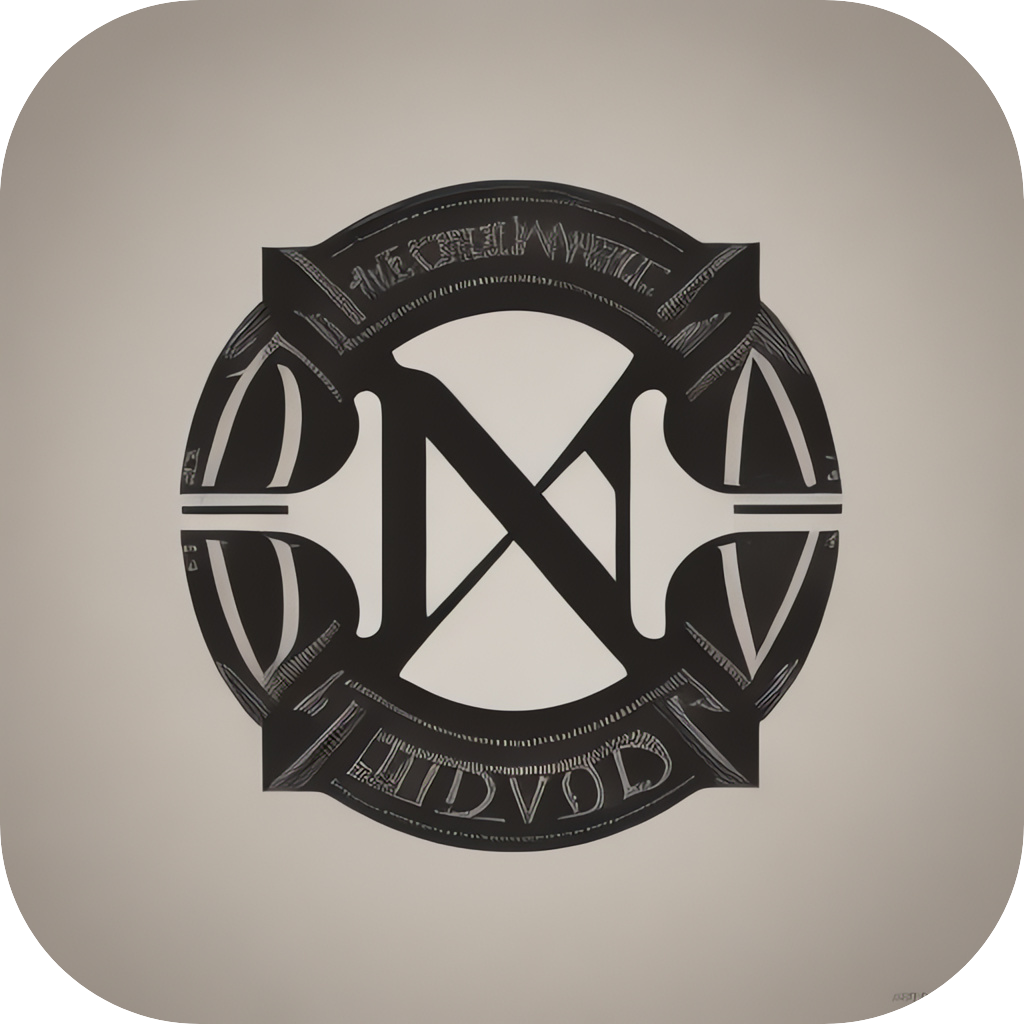In the realm of digital documentation and note-taking, one versatile and powerful tool stands out above the rest. That tool, beloved by writers, programmers, academics, and everyday digital nomads alike, is Markdown. Born from simplicity and elegance, Markdown offers a straightforward system for formatting documents that can make the act of organizing thoughts and data more than just a task, but a delightful experience. This comprehensive guide aims to help you master Markdown, enhancing your document management and note-taking skills to new heights.
**1. Understanding Markdown**
At its core, Markdown is a lightweight formatting syntax to add structure and styling to plain text documents. It was first introduced by John Gruber in 2004, with later enhancements by Aaron Swartz. The beauty of Markdown lies in its simplicity compared to traditional markup languages, making it easier and faster to write, even for those who are new to text formatting.
**2. Markdown Basics**
– **Headers**: Use `#` symbols to create headings, where one `#` creates a top-level heading, two creates the next level, and so on.
– **Bold and Italic Text**: Text enclosed in double asterisks `**` or double underscores `_` is displayed as bold, and single asterisks `*` or underscores `_` for italics.
– **Links**: Use square brackets `[]` with the text you want to display and the URL in parentheses (`()`).
– **Images**: To insert an image, use ``.
– **Code Blocks**: Surround any code you’d like to format with three backticks followed by the language name (optional), then three backticks, and your code before the code block.
**3. Advanced Markdown Features**
As you dive deeper into Markdown, it’s crucial to understand that its syntax can be extended and customized. While basic Markdown supports a wide range of formatting, for more complex documentation needs, you can explore themes:
– **Code Syntax Highlighting**: While direct HTML syntax cannot provide language-specific highlighting, you can use a preprocessor like Prettify or integrate a service which offers code highlighting.
– **Multi-line code blocks**: By adding additional `—` before and after code blocks if you’re using a markdown processor that supports it.
– **Table Formatting**: Markdown supports basic table formatting where each row starts with a pipe character (|), followed by columns.
**4. The Power of Markdown in Practice**
Incorporating Markdown into your daily workflow can tremendously bolster your productivity and the efficiency of your documents. Here’s a brief exercise to encapsulate its elegance:
“`
## Project Outline
### Introduction
This project’s purpose is to…
### Objectives
1. Goal 1 – to…
2. Goal 2 – to…
### Implementation
#### Phase 1
– Start with…
– Proceed to…
#### Phase 2
– Continue with…
– Finish by…
### Conclusion
Reflect on the results achieved and what could be done better in the future.
**5. Tools for Markdown Editing**
To get started with leveraging Markdown effectively, there are numerous resources and tools available:
– **Editor Choice**: Choose a Markdown editor based on your preference. Popular options include Atom, Visual Studio Code, Sublime Text, or even lightweight web-based tools.
– **Collaboration Platforms**: Tools like GitKraken, or online platforms such as GitHub, GitLab, or Bitbucket offer Markdown support for team collaboration.
– **Conversion Tools**: Sometimes, you might need to convert Markdown files to other formats (such as PDF, HTML, etc.). Tools like Pandoc or apps like Microsoft Word’s Import Function can assist in this.
**6. From Beginner to Pro**
Mastering Markdown isn’t about memorizing shortcuts but about understanding how it enhances the structure, readability, and visual presentation of your documents over time. Through consistent practice and exposure to different Markdown environments, users can evolve from beginners to advanced users, leveraging the vast possibilities Markdown offers.
In conclusion, as you navigate through your digital content, the ability to wield Markdown becomes more than a mere skill—it becomes a tool that elevates your productivity, organization, and creativity. Whether you’re writing a book, preparing a presentation, crafting a new documentation style guide, or jotting down daily notes, the power of Markdown is at your fingertips. Embrace it, and let it redefine the way you manage and present your ideas—your digital world just got a whole lot smoother and more aesthetically enriched.
